Stucco and the blind man
Addendums- January 2024
I came up with addendums to past chapters and published them here. I'll continue to add to past chapters as I can.
Addendum to Chapter 15 - History of materials
.jpg)
Photo of Jamestown thanks to Wikimedia commons, by David from Washington, DC. Wattle and daub is one of the oldest forms of plastering. This is one of the buildings in Jamestown, Virginia, which of course is reconstructed. Wattle and Daub only lasted so long. These buildings are replicas of the original structures built in 1607.
Wattle and Daub was used heavily in England at the time. Wattle and Daub was used practically world wide, in Europe, Africa and wherever.
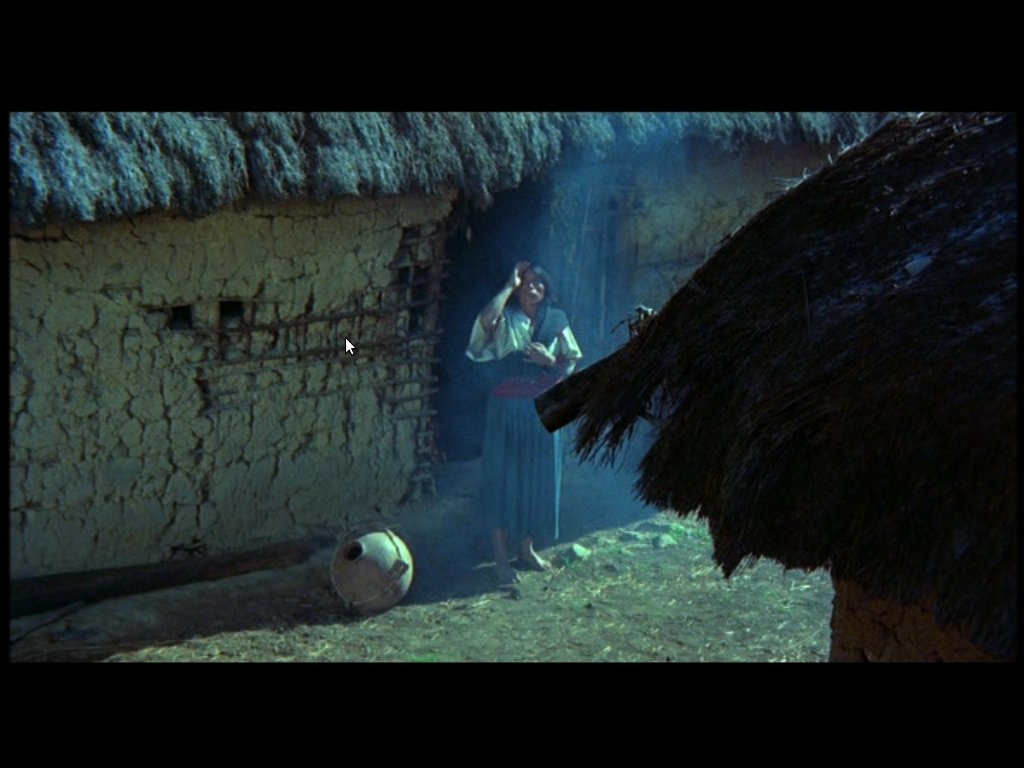
Interestingly enough, the Mayan Indians used wattle and daub, and even thatched roofs, much like the English. The Mayans also made lime and developed lime mortars that were extremely durable and are still around today, much in parallel to the Ancient Romans. You may have seen what I said about the Mayans here:, or here: I got the picture from a Mexican movie, "Chac: the rain god". Chac is a great movie, if you can find it.
The picture shows a view of how wattle and daub was done. Branches were woven and mud was applied. Mud was real mud, that is dirt and water. Most of the time, clay soil was used.
Addendum to Chapter 2 - Windows and Doors
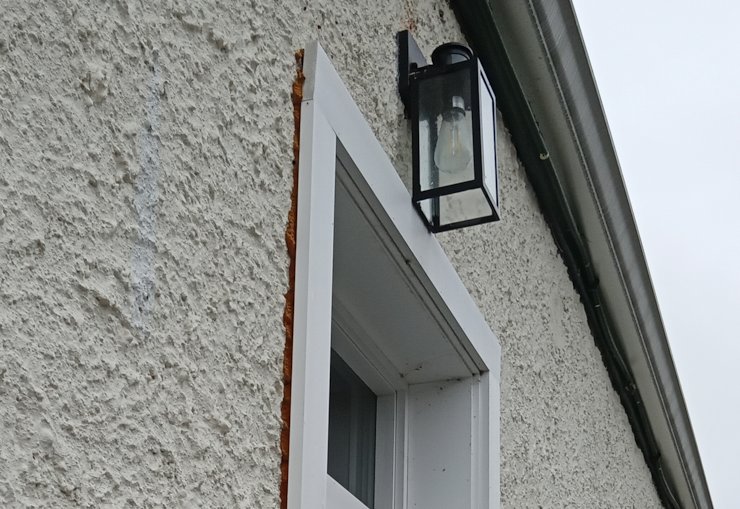
There are leaky doors and windows everywhere I go, not just the Washington area. I took these pictures when we were working in Chestertown, Maryland. They put new doors and windows on this stucco building. There is no flashing over the doors and windows. You can stick your fingers behind the wood trim over the doors and windows. Every time it rains, water pours over the door and window jambs, and runs down the sides.
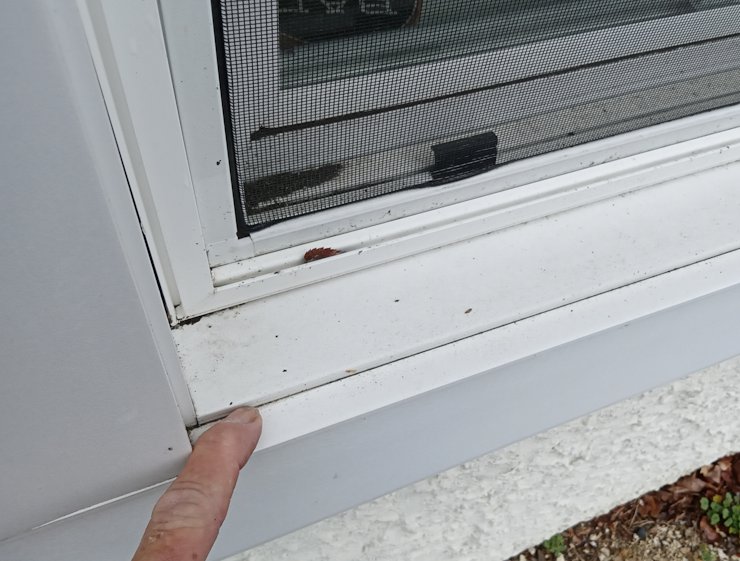
Here is another picture frame molding that diverts water into the wall. The stucco under the molding will deteriorate quickly, and once the wall saturates, the framing underneath will rot. This trend needs to stop.

This house leaked like crazy when it rained. Water pooled up in the living room floor. The green moss trails showed where the window posts leaked.
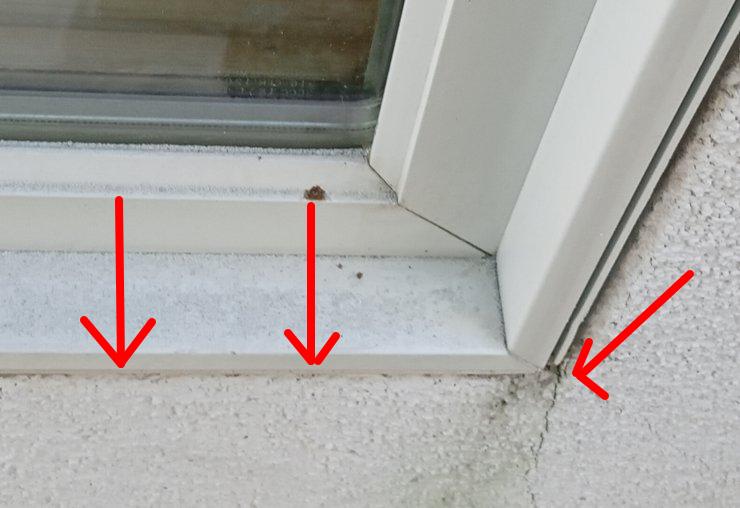
Stucco is out past the windows. Water runs down the window and into the wall. These windows were designed to have window sills but someone was too lame to put them on.
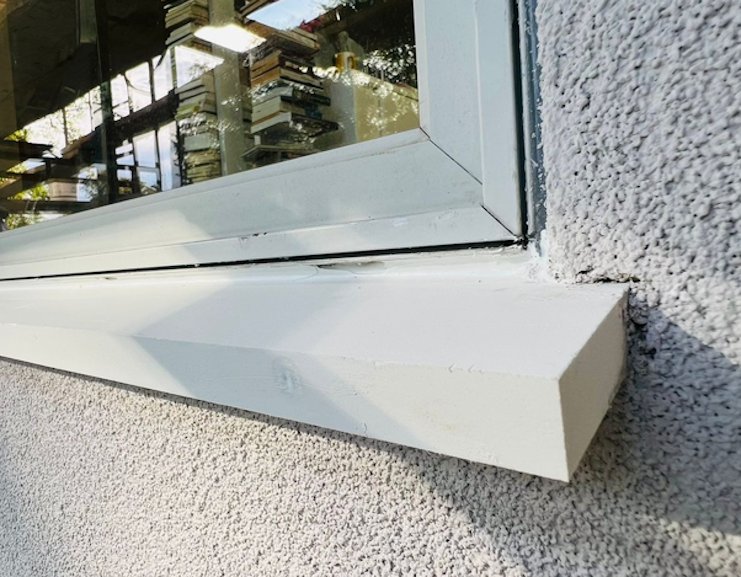
Here we cut off the stucco and put on window sills. No more leaks.
Addendum to Chapter 3 - Evil EIFS
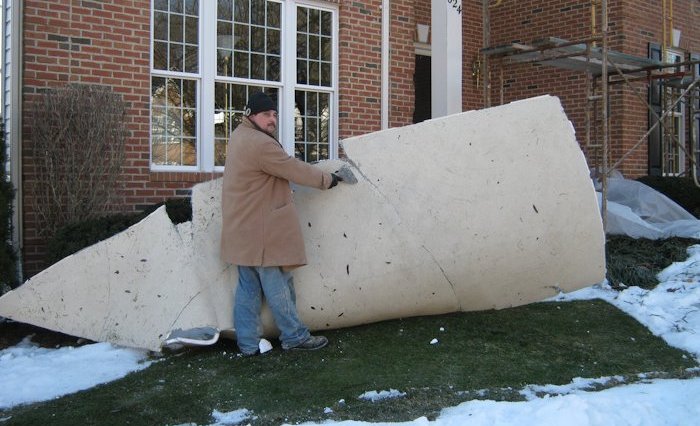
EIFS blew off the gable of this house during a wind storm. The other houses in the neighborhood have loose EIFS waiting for a strong wind to blow it off.
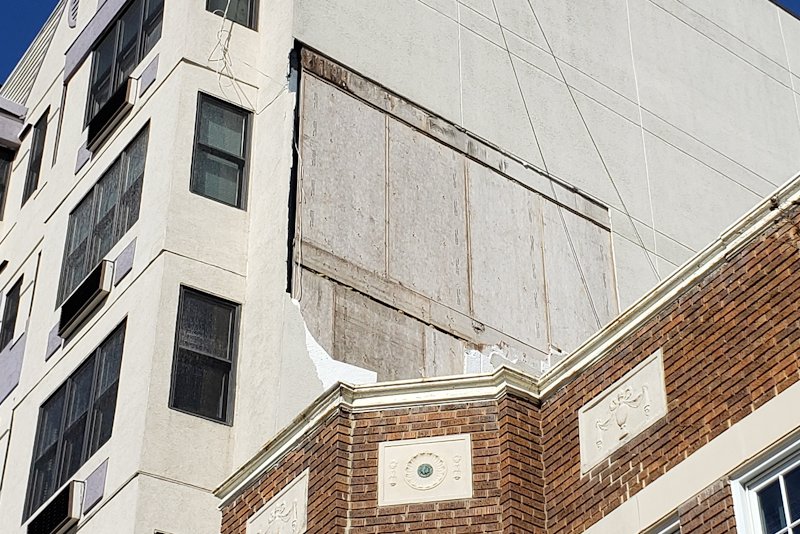
Here's a link to my article about this EIFS blowing off on Wisconsin Ave. in Washington, DC.I zoomed in on the original pictures I took. The screw fasteners were more than 24" O.C.. instead of the 6" one center recommended by the manufacturer. Since EIFS isn't governed by any building code, much less inspection, work like this gets by as a danger to the public.
EIFS is extremely flammable. Risks of Expanded Polystyrene (EPS) Panels.
EIFS is banned in the state Victoria, Australia. Highly flammable material is a risk to the public.
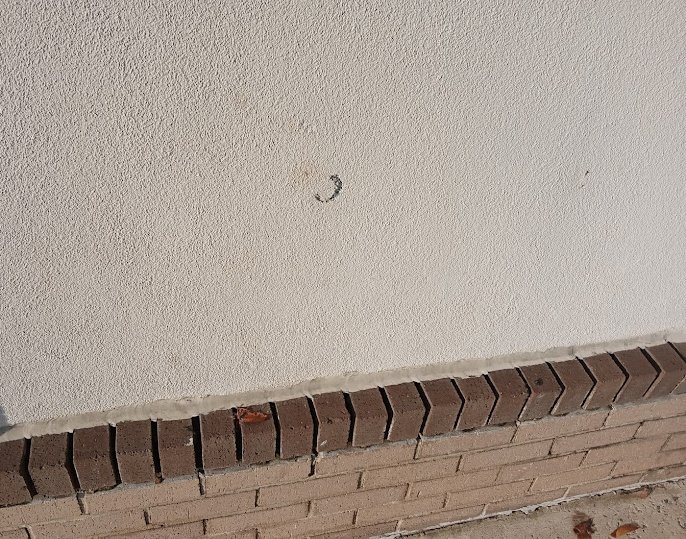
The people that put EIFS on claim it is drainable. Too bad he idiots caulk the bottom shut so it can't drain. Check out that caulking job. It looks like a bunch of kids put it on. See all the dents and rips. They put this flimsy stuff in high traffic areas. Tell me that is logical.
Thanks so much dear readers, for reading all these years, and for all the comments.